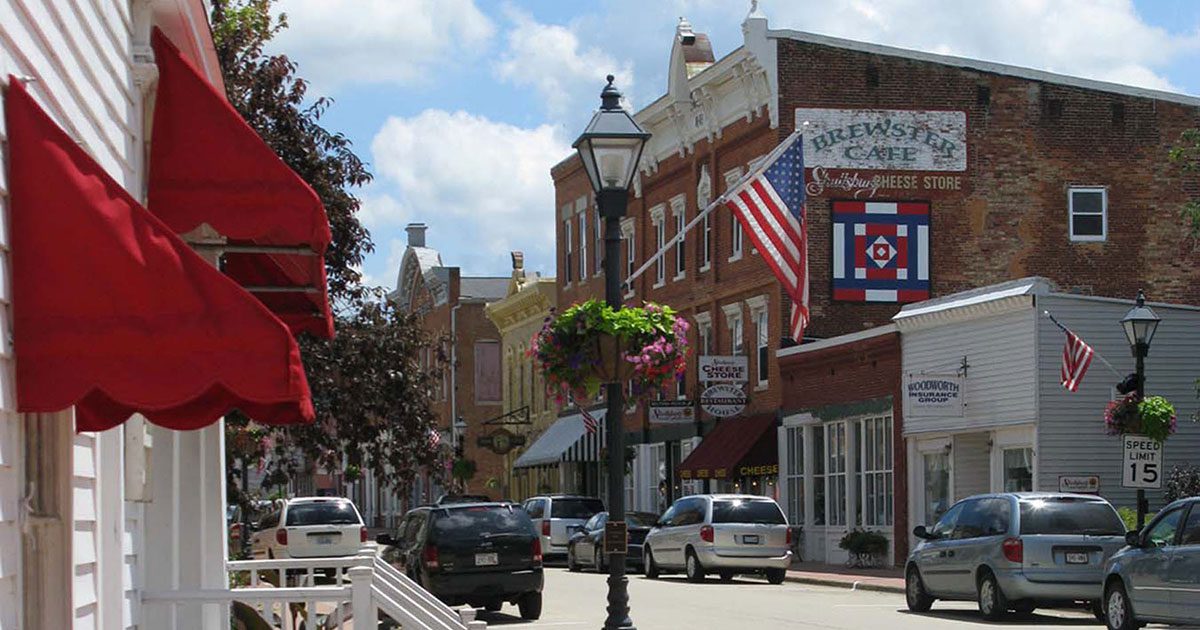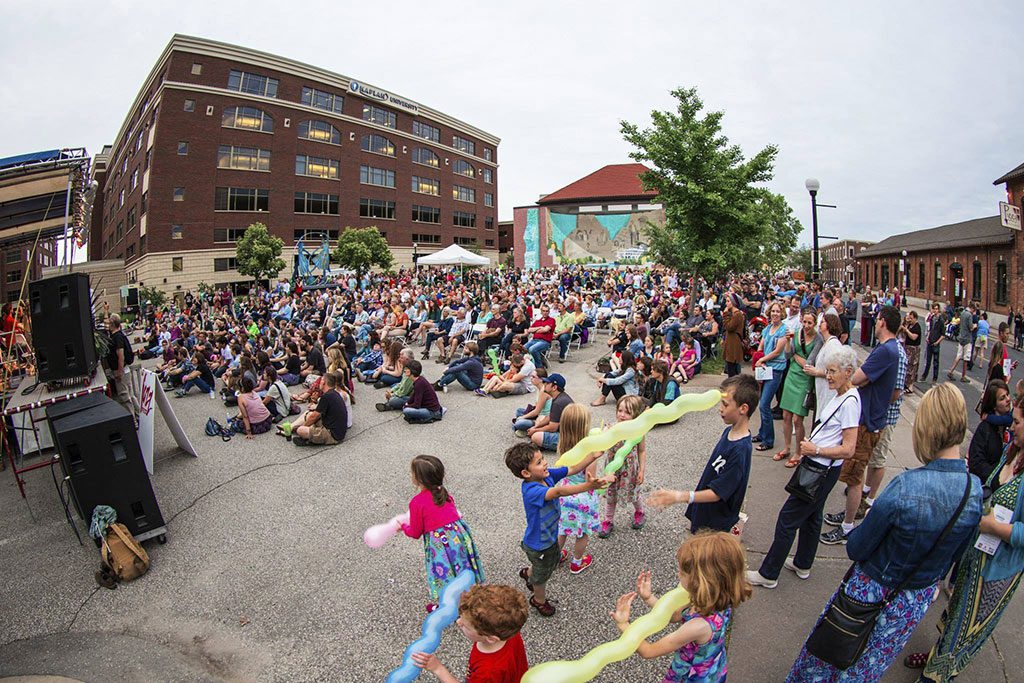We spend a lot of time focusing on the work of our local programs and occasionally reflect upon what is happening at the state level, but are you aware of recent changes at the national level, and in particular with the National Main Street Center? I (Darrin Wasniewski, downtown development program manager and state Main Street America coordinator) recently had a chance to spend some time with colleagues from around the country for our Fall Coordinators Meeting in Chicago. We gather twice a year in the spring and fall, to receive updates from Patrice Frey, president and CEO of National Main Street Center (NMSC); receive professional development training; and learn from each other. I thought I’d take some time to share a little of what I learned.
But first, some history
Just in case you forgot your Main Street history I thought I’d take a few moments for a quick primer. It was 1977 and three communities approached the National Trust for Historic Preservation’s (NTHP) Midwest Field Office for some assistance with their downtowns. You see, this was the height of the regional mall boom, and historic downtowns across the country were suffering from a lack of people, businesses and investment. These three communities—located in Illinois, Indiana and South Dakota—knew their historic downtowns were assets, but they lacked the know-how to return their vitality. NTHP took the next three years to bring in experts to study the situation and develop a plan. In 1980, the Main Street movement was born.
Back then, as today, the experts knew there was no one magic approach to bringing life back into the districts. They developed the Four Points™ (Design, Economic Restructuring, Promotion and Organization) and instructed the communities to place an equal emphasis on each. Wisconsin created the Wisconsin Main Street program in 1987 and began applying these principles in our work with our first five communities in 1988. The Main Street Center operated as a program of the NTHP until 2013, when the NMSC launched as an independent subsidiary of NTHP. With this autonomy, a few changes were in store.
Refresh
The new organization wanted to verify that the Four Points™ approach was as viable in the 21st century as it had been in the 20th century. With help from people inside and outside the network they explored this question. After careful study, they determined that in fact, the approach was just as viable with a couple of tweaks: renaming “Economic Restructuring” as “Economic Vitality,” rebranding the approach as Main Street America™, and adding a process to help districts identify Transformation Strategies that shape the direction of the program’s work. This new approach was aptly named “The Refresh” when launched, but as Patrice noted in Chicago, now that we are now a few years in, it should just be referred to as the Main Street America™ approach.






